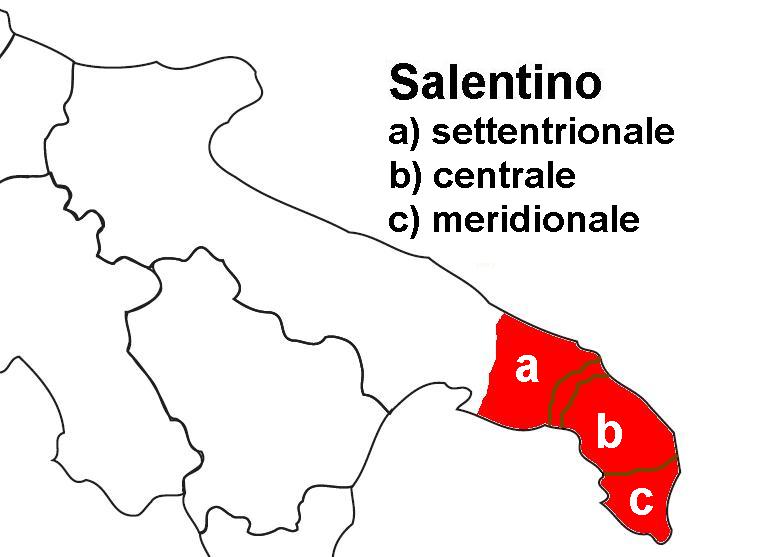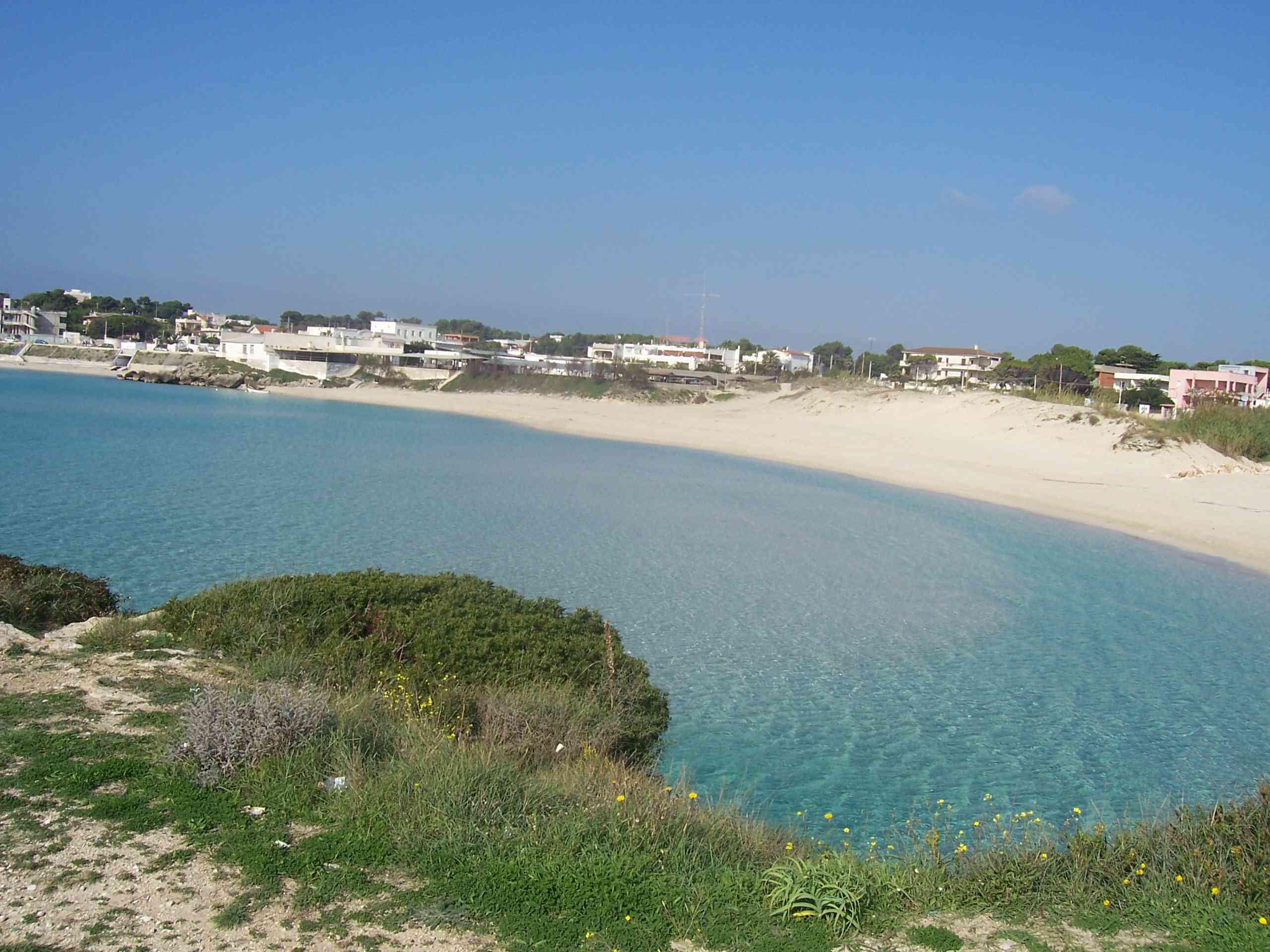|
Torricella, Apulia
Torricella ( Brindisino: ) is a town and ''comune'' in the province of Taranto, in the Apulia region of southeast Italy. It is home to a large tuff Tuff is a type of rock made of volcanic ash ejected from a vent during a volcanic eruption. Following ejection and deposition, the ash is lithified into a solid rock. Rock that contains greater than 75% ash is considered tuff, while rock cont ... castle from the 15th century, one of the best preserved in the region. It is mostly an agricultural center, with production of olives and olive oil, wine, wheat, figs and sheep husbandry. History The settlement's origins date to the 11th century, when a group of shepherds and peasants abandoned the coast (where is now the archaeological site of Torre Ovo) to seek protection against the Saracen raids. To crypt of the Santissima Trinità church (12th century) is from that period. In 1407 it was held by the Capitignano family, which was followed by the Santoro, Montagnese and Muscettola. A ... [...More Info...] [...Related Items...] OR: [Wikipedia] [Google] [Baidu] |
Apulia
it, Pugliese , population_note = , population_blank1_title = , population_blank1 = , demographics_type1 = , demographics1_footnotes = , demographics1_title1 = , demographics1_info1 = , demographics1_title2 = , demographics1_info2 = , demographics1_title3 = , demographics1_info3 = , timezone1 = CET , utc_offset1 = +01:00 , timezone1_DST = CEST , utc_offset1_DST = +02:00 , postal_code_type = , postal_code = , area_code_type = ISO 3166 code , area_code = IT-75 , blank_name_sec1 = GDP (nominal) , blank_info_sec1 = €76.6 billion (2018) , blank1_name_sec1 = GDP per capita , blank1_info_sec1 = €19,000 (2018) , blank2_name_sec1 = HDI (2018) , blank2_info_sec1 = 0.845 · 18th of 21 , blank_name_sec2 = NUTS Region , blank_info_sec2 = ... [...More Info...] [...Related Items...] OR: [Wikipedia] [Google] [Baidu] |
Istituto Nazionale Di Statistica
The Italian National Institute of Statistics ( it, Istituto nazionale di statistica; Istat) is the main producer of official statistics in Italy. Its activities include the census of population, economic censuses and a number of social, economic and environmental surveys and analyses. Istat is by far the largest producer of statistical information in Italy, and is an active member of the European Statistical System, coordinated by Eurostat. History The Italian National Institute of Statistics (IT ISTAT) was founded in compliance with Law Decree no. 1162 of 9 July 1926 as the Central Institute of Statistics (IT Istituto Centrale di Statistica) in order to replace the General Statistics Division of the Ministry for Agriculture (now known as Ministero delle politiche agricole alimentari, forestali e del turismo). The direction of the institution, which was subordinated to the head of state, was given to Corrado Gini. The ISTAT institute, with a staff of about 170 workers, was suppo ... [...More Info...] [...Related Items...] OR: [Wikipedia] [Google] [Baidu] |
Salentino
Salentino () is a dialect of the Extreme Southern Italian ( in Italian) spoken in the Salento peninsula, which is the southern part of the region of Apulia at the southern "heel" of the Italian peninsula. Overview Salentino is a dialect of the Extreme Southern Italian language group (in Italian ''Italiano meridionale estremo''). It is thus closer to the Southern Calabrian dialect and the dialects of Sicily than to the geographically less distant dialects of central and northern Apulia. The traditional areas where Salentino is spoken are the aforementioned Province of Lecce, much of the southern part of the province of Brindisi, and the southern part of Taranto province. History The Salentino dialect is a product of the different powers and/or populations that have had a presence in the peninsula over the centuries: indigenous Messapian, Ancient Greek, Roman, Byzantine Greek, Lombard, French and Spanish influences are all, to differing levels, present in the modern dialec ... [...More Info...] [...Related Items...] OR: [Wikipedia] [Google] [Baidu] |
Comune
The (; plural: ) is a local administrative division of Italy, roughly equivalent to a township or municipality. It is the third-level administrative division of Italy, after regions ('' regioni'') and provinces (''province''). The can also have the title of ('city'). Formed ''praeter legem'' according to the principles consolidated in medieval municipalities, the is provided for by art. 114 of the Constitution of Italy. It can be divided into ''frazioni'', which in turn may have limited power due to special elective assemblies. In the autonomous region of the Aosta Valley, a ''comune'' is officially called a ''commune'' in French. Overview The provides essential public services: registry of births and deaths, registry of deeds, and maintenance of local roads and public works. Many have a '' Polizia Comunale'' (communal police), which is responsible for public order duties. The also deal with the definition and compliance with the (general regulator plan), a document ... [...More Info...] [...Related Items...] OR: [Wikipedia] [Google] [Baidu] |
Province Of Taranto
The province of Taranto ( it, provincia di Taranto; Tarantino: ; Salentino: ), previously known as the province of the Ionian, is a province in the Apulia region of Italy. Its capital is the city of Taranto. It has an area of , and a total population of 581,092 (2017). There are 29 ''comuni'' (singular: ''comune'') in the province, all of which are listed at comunes of the Province of Taranto. The coat of arms of the province contains a scorpion, which Pyrrhus is thought to have seen when looking down at Taranto. History When Italy was unified, the province of Lecce was formed; the western section of this later became the current province of Taranto. On 23 September 1923, Taranto became the capital of a new province based on the ancient Terra d'Otranto, in recognition of the important role the city had served since ancient times. Until 1951, the new province was called the "Province of the Ionian". The scorpion on the city's coat of arms may have been used as its emblem in anci ... [...More Info...] [...Related Items...] OR: [Wikipedia] [Google] [Baidu] |
Italy
Italy ( it, Italia ), officially the Italian Republic, ) or the Republic of Italy, is a country in Southern Europe. It is located in the middle of the Mediterranean Sea, and its territory largely coincides with the homonymous geographical region. Italy is also considered part of Western Europe, and shares land borders with France, Switzerland, Austria, Slovenia and the enclaved microstates of Vatican City and San Marino. It has a territorial exclave in Switzerland, Campione. Italy covers an area of , with a population of over 60 million. It is the third-most populous member state of the European Union, the sixth-most populous country in Europe, and the tenth-largest country in the continent by land area. Italy's capital and largest city is Rome. Italy was the native place of many civilizations such as the Italic peoples and the Etruscans, while due to its central geographic location in Southern Europe and the Mediterranean, the country has also historically been home ... [...More Info...] [...Related Items...] OR: [Wikipedia] [Google] [Baidu] |
Tuff
Tuff is a type of rock made of volcanic ash ejected from a vent during a volcanic eruption. Following ejection and deposition, the ash is lithified into a solid rock. Rock that contains greater than 75% ash is considered tuff, while rock containing 25% to 75% ash is described as tuffaceous (for example, ''tuffaceous sandstone''). Tuff composed of sandy volcanic material can be referred to as volcanic sandstone. Tuff is a relatively soft rock, so it has been used for construction since ancient times. Because it is common in Italy, the Romans used it often for construction. The Rapa Nui people used it to make most of the ''moai'' statues on Easter Island. Tuff can be classified as either igneous or sedimentary rock. It is usually studied in the context of igneous petrology, although it is sometimes described using sedimentological terms. Tuff is often erroneously called tufa in guidebooks and in television programmes. Volcanic ash The material that is expelled in a volcanic ... [...More Info...] [...Related Items...] OR: [Wikipedia] [Google] [Baidu] |
Cities And Towns In Apulia
A city is a human settlement of notable size.Goodall, B. (1987) ''The Penguin Dictionary of Human Geography''. London: Penguin.Kuper, A. and Kuper, J., eds (1996) ''The Social Science Encyclopedia''. 2nd edition. London: Routledge. It can be defined as a permanent and densely settled place with administratively defined boundaries whose members work primarily on non-agricultural tasks. Cities generally have extensive systems for housing, transportation, sanitation, utilities, land use, production of goods, and communication. Their density facilitates interaction between people, government organisations and businesses, sometimes benefiting different parties in the process, such as improving efficiency of goods and service distribution. Historically, city-dwellers have been a small proportion of humanity overall, but following two centuries of unprecedented and rapid urbanization, more than half of the world population now lives in cities, which has had profound consequences for g ... [...More Info...] [...Related Items...] OR: [Wikipedia] [Google] [Baidu] |
.jpg)



